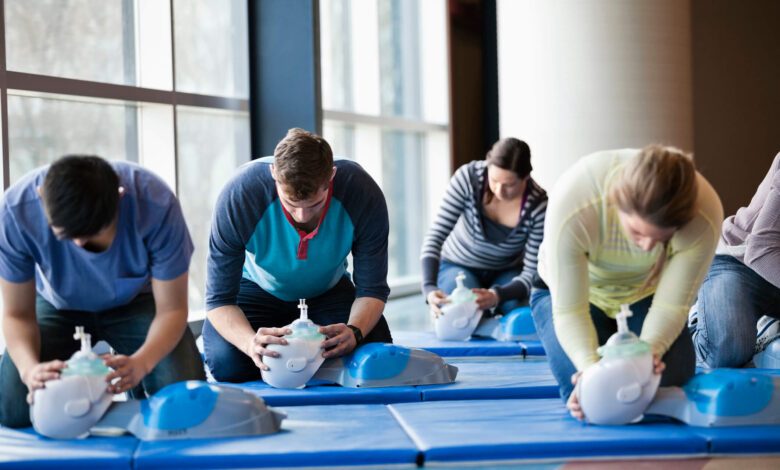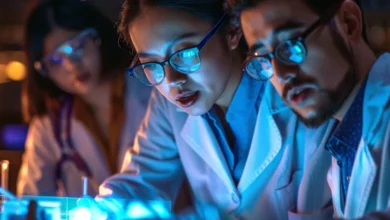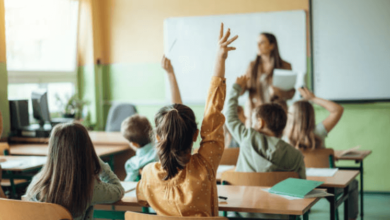The Impact of First Aid Education on Public Health Outcomes

First aid education plays a vital role in equipping communities with the tools and confidence to respond to medical emergencies. Its value reaches beyond individual safety, touching every part of society through reduced emergency response times, better survival rates, and increased bystander involvement. As more people become knowledgeable in basic life-saving techniques, they contribute to healthier neighborhoods where quick actions can prevent long-term harm or even death. First aid training strengthens the overall public health system by empowering individuals to act before professionals arrive. This shared responsibility enhances emergency preparedness and promotes a culture of care and resilience.
Prepared citizens make communities safer and more responsive
Widespread first aid training improves health outcomes by fostering quicker interventions during crises. Educated bystanders help reduce injury severity and limit long-term complications. The knowledge gained from first aid courses gives people the ability to assist with common emergencies like choking, bleeding, or cardiac arrest, providing essential support before medical professionals take over.
See also: What role does technology play in education reform in the USA?
Widespread Training Enhances Community Response and Outcomes
First aid education transforms passive witnesses into active participants during medical emergencies. The immediate moments following an accident, cardiac event, or severe allergic reaction often determine the outcome. Individuals with training are more likely to recognize early warning signs and respond quickly. This increased confidence reduces hesitation, allowing for the timely application of life-saving measures such as applying pressure to bleeding wounds, assisting with breathing difficulties, or performing chest compressions. Communities where first aid knowledge is more common tend to report higher survival rates and fewer long-term disabilities resulting from injuries or acute medical episodes. A greater number of trained bystanders also helps relieve pressure on emergency services. When citizens can stabilize a situation before paramedics arrive, healthcare workers can focus on more critical cases. First aid education also encourages proactive behavior, such as keeping first aid kits on hand or checking on vulnerable neighbors during extreme weather events. These actions, though simple, build a network of informal care that supports public health on a daily basis. More broadly, familiarity with first aid fosters empathy and collective responsibility, turning everyday environments into safer places for everyone.
The Role of Certification and Lifelong Learning
Formal recognition through certification programs reinforces the importance of first aid knowledge and encourages continual learning. Whether someone is a student, parent, employee, or retiree, acquiring a cpr certificate can serve as both a practical skill and a civic contribution. Certified individuals are often more consistent in following protocol during emergencies and more willing to step forward when help is needed. Courses typically include structured, scenario-based learning that helps participants apply knowledge under pressure. This hands-on approach also reinforces muscle memory, which is crucial in high-stress environments where panic can interfere with response. Certification provides a standard of competence, giving institutions like schools, offices, and public venues a reliable foundation for safety planning. As regulations evolve and medical recommendations change, re-certification ensures that people stay current with updated procedures. Lifelong access to such training means that safety becomes a continuous priority, not a one-time lesson. Over time, these cumulative efforts shape public habits and expectations, embedding health-conscious behavior into the social fabric.
Reducing Inequality Through Community-Based Training Initiatives
First aid education also has the power to address gaps in healthcare access, particularly in underserved or remote communities. In areas where emergency services are limited or delayed, equipping residents with first aid training provides an immediate layer of protection. Rural, low-income, and marginalized communities often benefit most when first aid instruction is offered through public programs, schools, or local organizations. These efforts make a critical difference where professional care is not always nearby. Bystander response can help close the time gap between the onset of injury or illness and the arrival of medical help. This can be especially important in cases involving children, seniors, or individuals with chronic conditions. In urban settings, offering free or low-cost first aid instruction in multiple languages ensures inclusivity and allows all populations to participate in their own safety. Encouraging participation across socioeconomic and cultural lines fosters solidarity and shared investment in well-being. The more equitable the distribution of first aid knowledge, the more effective the public health benefits will be across society.
Psychological and Social Benefits of First Aid Education
Beyond the immediate physical benefits, first aid education contributes to mental and emotional readiness during emergencies. People who understand how to help are less likely to freeze or panic. This sense of preparedness reduces stress for both the responder and the victim, creating an environment of calm and cooperation. In schools, first aid instruction can build self-esteem and responsibility in young people, reinforcing the value of helping others. In workplaces, it contributes to a sense of safety and community. The ripple effect is significant: one trained individual may teach others or influence peers to pursue training themselves. Social confidence in emergency situations builds over time and strengthens as more people participate in first aid education. Communities that emphasize mutual support and readiness often experience stronger social cohesion, which itself is linked to better health outcomes. In moments of crisis, this shared knowledge helps reduce chaos, accelerates aid, and encourages continued support during recovery phases. Emotional resilience is just as vital as physical response, and first aid training supports both.
Strengthening Public Health Infrastructure Through Everyday Preparedness
Public health is not sustained by healthcare institutions alone—it thrives when individuals take active roles in community well-being. First aid training acts as an extension of public health infrastructure by placing vital knowledge in the hands of everyday citizens. Prepared communities are less reliant on emergency departments for minor injuries or preventable escalations. They are also more likely to engage in preventive measures, identify early signs of medical issues, and support health initiatives. Schools, public buildings, and transportation systems that include first aid-trained staff contribute to a culture where safety is embedded in everyday systems. In large-scale emergencies like natural disasters, mass casualty events, or disease outbreaks, having a population trained in basic health response becomes an invaluable asset. From treating minor injuries to responding to life-threatening conditions, community readiness can mitigate the strain on formal systems. With proper training, ordinary people become capable allies in safeguarding public health, making first aid education a foundational pillar of any health-focused society.
Conclusion
First aid education makes a measurable impact on public health by empowering people to take timely and informed action during medical emergencies. Whether through CPR, bleeding control, or simply knowing when to call for help, trained individuals play a key role in improving outcomes and saving lives. Community-wide access to instruction ensures that help is available when and where it’s needed, reducing health disparities and promoting equity. The psychological, physical, and social benefits of first aid knowledge ripple through neighborhoods, schools, and workplaces. As more people take initiative to learn, public health becomes a collective effort grounded in shared responsibility.




